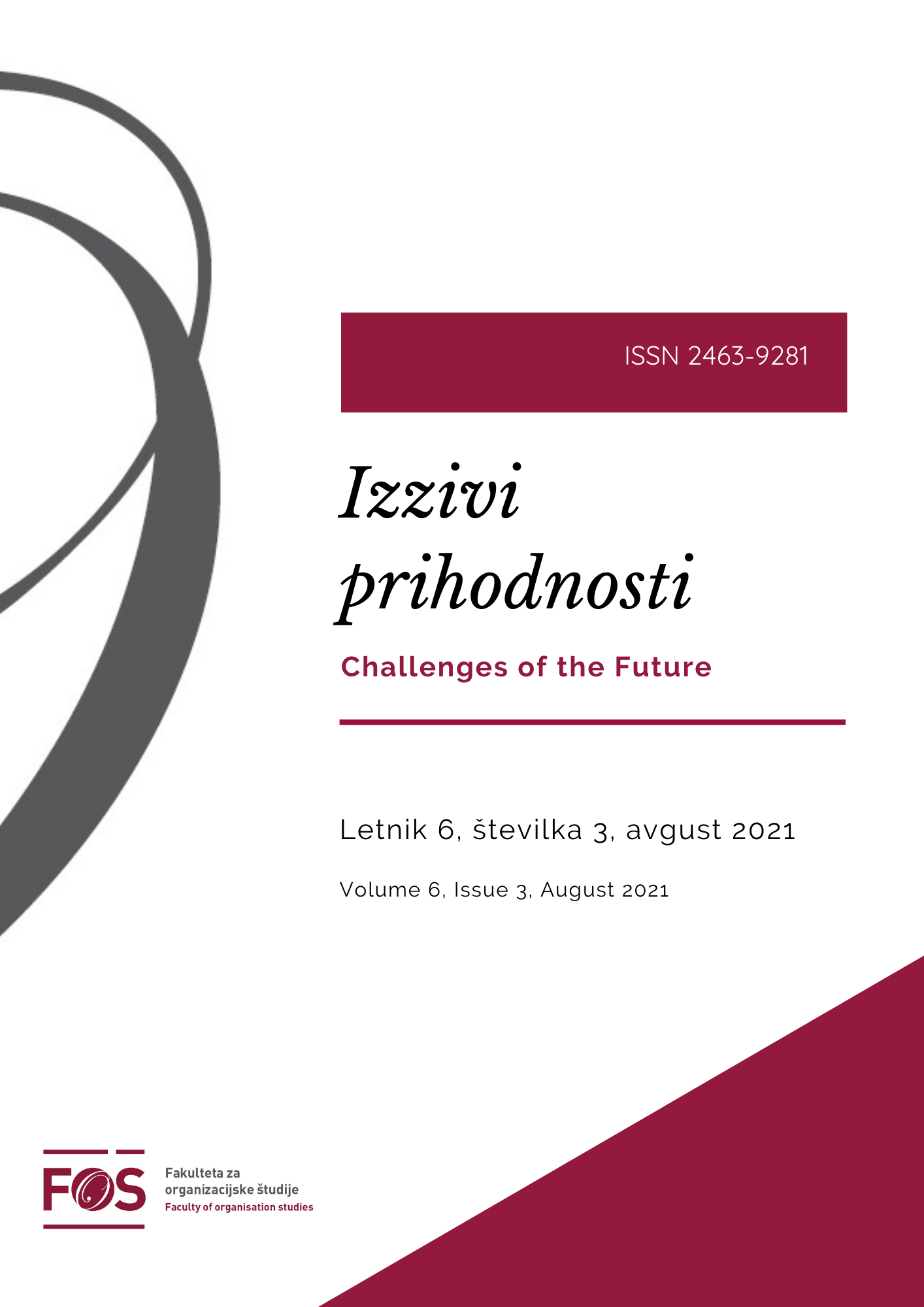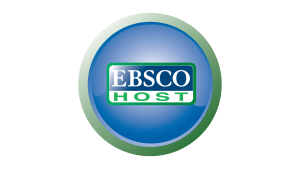Patient Safety in Primary Health Care
the Challenges of the Present and the Future
Keywords:
patient safety, health care quality, OECD dimensions of quality, adverse events, preventable harm for patientsAbstract
Background and Originality: Patient safety is a very important component of quality which is often emphasised by health care managers and policymakers; however, its integration in national health policies and organisational measures is not self-evident. This paper explores how frequently Slovenian Community Health Centres (CHCs) report on patient safety and whether their reporting is consistent with the OECD definition of patient safety. The originality of this research is finding the actual value of patient safety for Slovenian CHC independently of official statements at national and organisational levels.
Method: A qualitative descriptive analysis of the publicly available annual reports of twenty-six Slovenian CHCs with an integrated management system was conducted. Thematic analysis was applied to the term "safety" and related terms ("harm", "adverse" for adverse events, etc.). The frequency of these terms was reported, and the context of the words was explained.
Results: In the annual reports, 11 different keywords related to safety, harm and adverse events were found, but only 6 keywords met the OECD definition of patient safety: patient safety education or preventive activities (n = 20); patient safety measures (n = 14); general healthcare safety (n = 3); drug safety, hygiene standards (n = 7); safety culture (n = 10); and risk management (harm prevention) (n = 8). These keywords were found in only 16 of 26 CHCs annual reports.
Society: Patient safety is the responsibility of healthcare providers, both individuals and organisations. The social responsibility of CHCs is to report on patient safety in their annual reports, create a culture of safety, and take corrective action when necessary because their mission is to contribute to a higher quality of life for patients and society as a whole. This research shows that this is not always the case, even for CHCs with an integrated management system - not all have publicly available annual reports. The research is an incentive for all CHCs, not just CHCs with an integrated management system, to create a culture of safety, report on patient safety and learn from mistakes by developing safety protocols.
Limitations / further research: The research was limited to CHCs with an integrated management system (n = 34) and publicly available annual reports (n = 26). It is crucial to conduct such research for all Slovenian CHCs and encourage them to report on patient safety. A true insight into the culture of patient safety must also include an analysis of the actions taken by the CHC management in recent years.
Additional Files
Published
How to Cite
Issue
Section
License

This work is licensed under a Creative Commons Attribution-ShareAlike 4.0 International License.
![]()








